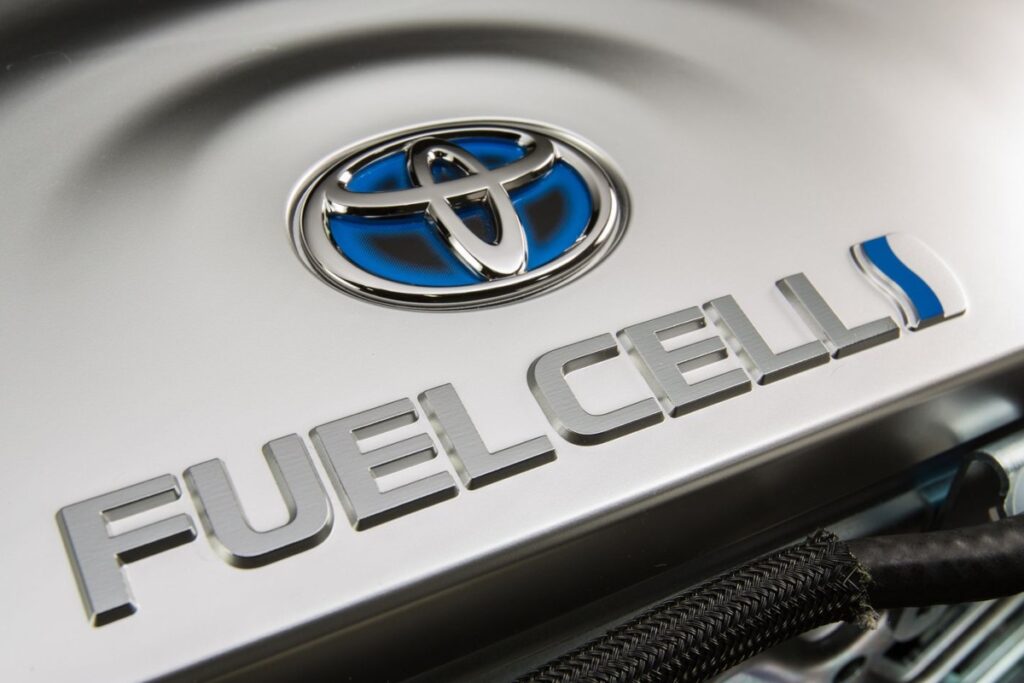Among the race that different manufacturers have decided to take on to contribute to environmental responsibility, profitable business models are also being sought in global markets.
One of them is Toyota, a company that, besides developing electric vehicles, has also forged a strategy to build hydrogen cars. To achieve this goal, the firm will set up a factory to carry out fuel cell units in Kentucky, United States, starting in 2023.
The project has as its central focus to establish a dedicated production line for fuel cell modules at Toyota Motor Manufacturing Kentucky. They will be targeted for heavy-duty truck applications, including semi-trailers, that the company has been producing with its Hino subsidiary.
Market Pioneers
This program to be initiated by the organization is the first large-scale commitment to the fuel cell. It is no longer a question of manufacturing a few Toyota Mirai at an extremely gradual pace by technicians who were producing the Lexus LFA at the time, but rather Toyota intends to generate a large volume of these fuel cell modules.
The company’s unit will offer up to 160 kW of continuous power and will weigh around 635 kg, far less than many of the battery options available for commuter applications.
Related content: Nuro Announces Ambitious Plan for the Future of Autonomous Driving
The kit will be sold as a ready-to-run pack, which includes a high-voltage battery, electric motors, transmission and the necessary hydrogen storage system.
“Truck manufacturers will be able to purchase a fully integrated and validated fuel cell electric propulsion system, providing their customers with an emission-free option for the heavy-duty vehicle segment,” said Tetsuo Ogawa, president and CEO of Toyota Motor North America.
How It Works
Toyota details on its official website that the fuel cell system being developed is more energy efficient than internal combustion engines, and has no CO2 or pollutants emitted when operating. Moreover, drivers may expect the same comfort level as gasoline-powered vehicles, with a generous range and minimal refueling time.
They detail that it can go as far as any similarly sized gasoline vehicle, but with a hydrogen-filled tank. “It takes only three to five minutes to fill it when empty. The reward is smooth and quiet operation, great performance and water vapor as the only exhaust emission.”
Written by I Jhonattan González













